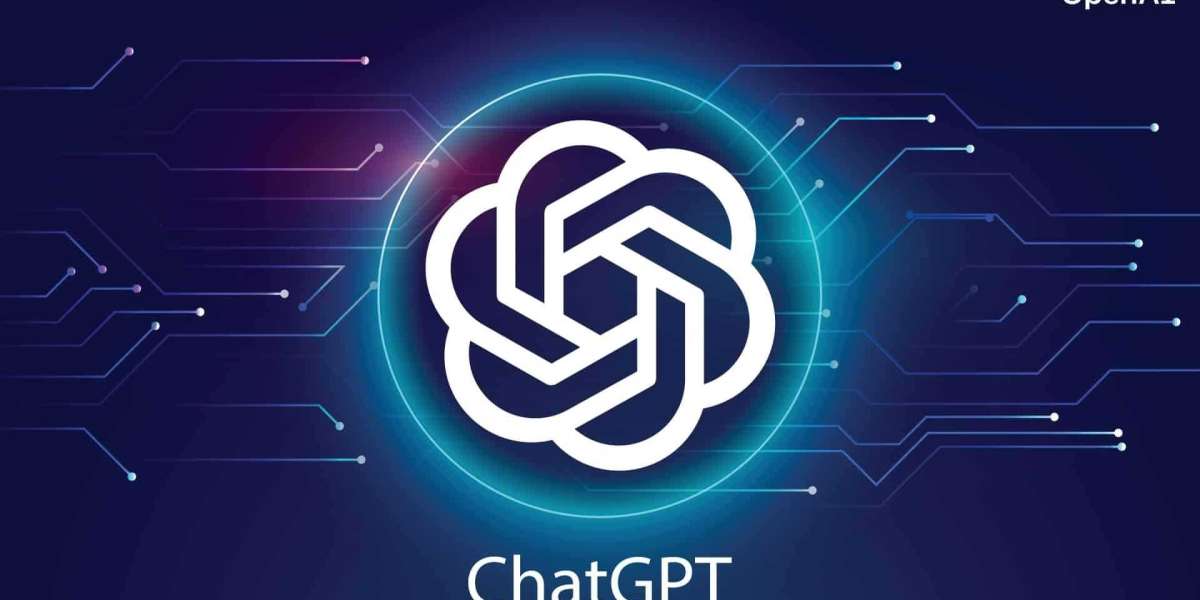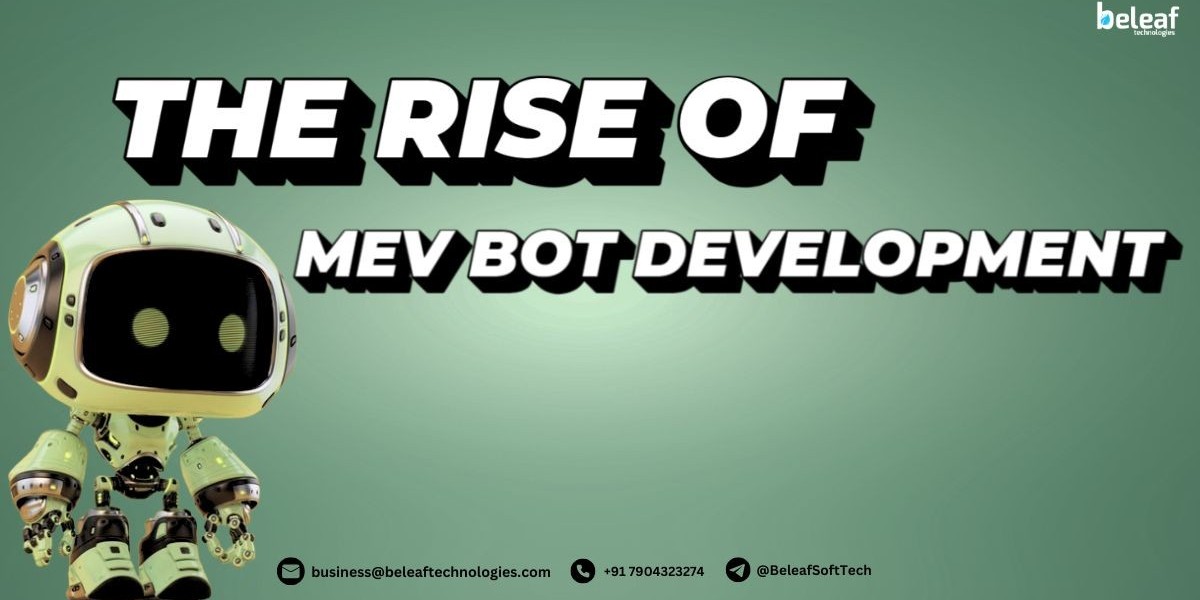Its ability to create coherent and contextually relevant text has made it a popular tool for various applications such as customer support, language translation, and content creation.
One of ChatGPT's greatest strengths is its ability to generate text that not only makes grammatical sense but is also semantically and contextually appropriate. This makes it a perfect solution for chatbot applications where the responses need to be informative and engaging. For instance, ChatGPT can generate chatbot replies that are both accurate and appealing to users, providing them with a seamless experience.
Another area where ChatGPT shines is language translation. By being trained on massive amounts of bilingual text data, the model can produce translations that are both accurate and natural-sounding, reducing the time and resources required for manual translation and improving the output quality.
Content creation is another field where ChatGPT excels. By providing it with a prompt, it can write articles, blog posts, and other types of written content that are both clear and informative. This makes it an indispensable tool for marketers, writers, and other professionals who need to generate significant amounts of content in a short amount of time.
Despite its advantages, it's essential to note that ChatGPT Development is not without its limitations. As with all AI models, it can make errors and its output is only as good as the data it was trained on. Therefore, it's crucial to thoroughly assess the generated text and provide additional training data when necessary to improve accuracy.
To fully understand how ChatGPT operates, it's important to know that it uses a transformer architecture designed to handle sequential data, such as text. By being trained on a massive corpus of text data, the model can identify patterns and relationships between words and phrases.
When a prompt is given to ChatGPT, it uses its knowledge of word relationships to generate a response. It takes into account the context of the prompt and any previous inputs to generate a suitable answer. ChatGPT's ability to handle context is critical for applications like chatbots, where the context of a conversation is crucial to providing an accurate response. For instance, if a customer asks a chatbot about a product's availability, the chatbot must understand the context to deliver the right answer.
Accessing ChatGPT is straightforward through the OpenAI API, which provides a simple interface for text generation. To use the API, you must sign up for an account and obtain an API key. Once you have an API key, you can generate text by sending a prompt to the API.
In conclusion, ChatGPT is a highly capable language generation model that offers numerous benefits and applications. Its ability to generate human-like text quickly and accurately makes it an ideal solution for businesses and organizations that need to produce a large amount of content in a short time. While it is important to keep in mind that ChatGPT is a machine-learning model and can make mistakes, it still holds the potential to revolutionize our interactions with computers and make our lives easier. By understanding its inner workings and evaluating its output carefully, ChatGPT can be a valuable tool for businesses and organizations of all sizes.



